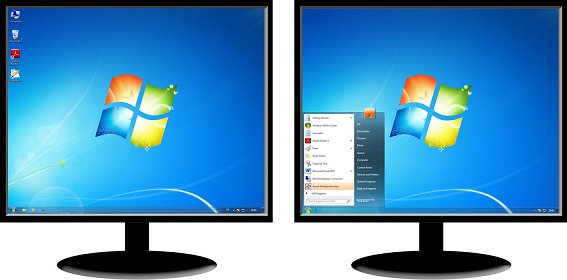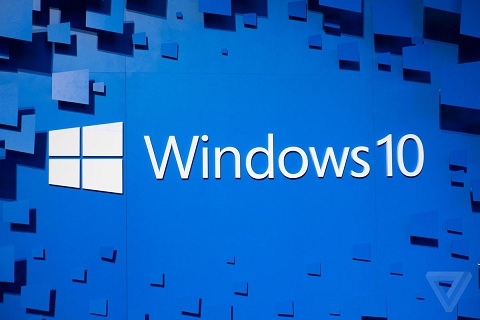
iCloud refers to a collective term for all the services provided by Apply via the net. iCloud works on multiple platforms such as Mac, iOS, and Windows. Some of the services that are included in the iCloud are iCloud Drive, Photo Library, iTunes Match, and Apple Music. In iCloud, iDevice owners can store their pictures, videos, files, songs, applications, etc. and synchronize them across different gadgets. File sharing becomes a lot easier with iCloud. The icing on the cake is that, if one loses or misplaces their iPhone, iCloud helps the user in locating it.
Now, whether you just received a new iPad this Christmas as a gift or are a first time Apple device owner, you can easily set up iCloud on your device. Just follow the process given in this blog, and set up iCloud on your iPhone, iPad, Apple TV, Mac, or Windows system.
Begin with Creating an Apple ID
The iCloud accounts are based on Apple IDs. If a user already has one, then they do not have to create a new one. Well, one can get an Apple ID while setting up their iOS devices. They can also use browsing software to create one.
During the setup of a brand new iOS device, one merely has to select the option for creating an Apple Id, enter the information and be done. Or else, simply navigate to the Apple’s website and make a new ID from there.
Install all updates
The company strongly suggests the users ensure that their iOS or Mac devices have an updated operating system. iOS users can open the settings application, and tap on General. After that, select Software Update. If any new version is available then just complete its download and installation.
Apple TV owners can launch the Settings application, navigate to the System option, and then go to the Maintenance section to choose Software updates. Follow the prompts on the screen to complete the update process.
In order to update Mac, just press the Apple logo located at the upper left-hand edge and choose About This Mac. Now, press Software Update. Follow the instructions on the screen.
Switching on iCloud on iDevices
Turn on iCloud on is quite simple. Similar to the sign up process for Apple IDs, one can do this while setting up their device or anytime after the setup.
When the users are setting up their iOS device, they will be asked if they wish to use iCloud. After selecting Use iCloud option, they will have to enter their Apple ID credentials and follow the on-screen prompts.
Those who failed to turn on iCloud while setting up the device need to open Settings. Press the Apple Id located at the top and select iCloud. Follow the prompts on the screen.
Switching on iCloud on Apple TV
It is quite simple to set up iCloud on Apple TVs. When the users turn on their Apple TV, they shall be required to enter their Apple ID credentials. If they fail to do so, then they need to go to Settings and select Accounts. After that click on iCloud and choose Sign in.
Switching on iCloud on Mac
- Launch System Preferences.
- Select iCloud.
- Now, log on with the Apple ID.
- Mark the iCloud services you wish to make use of.
- Click on Apply.
Setting up iCloud on Windows
- Firstly, you need to get iCloud for Windows by downloading and installing it.
- Reboot the system.
- Now, launch iCloud for windows by going to the Apps.
- Key in the Apple ID for logging in.
- Select the features and services you wish to update across multiple platforms.
- Hit the Apply button.
Karen Minton is a Microsoft Office expert and has been working in the technical industry since 2002. As a technical expert, Karen has written technical blogs, manuals, white papers, and reviews for many websites such as office.com/setup .

